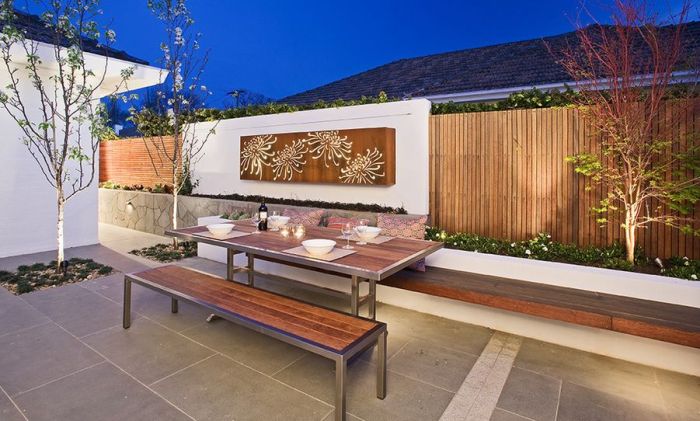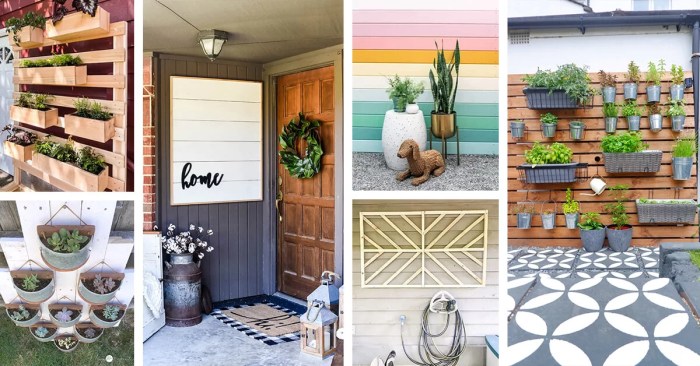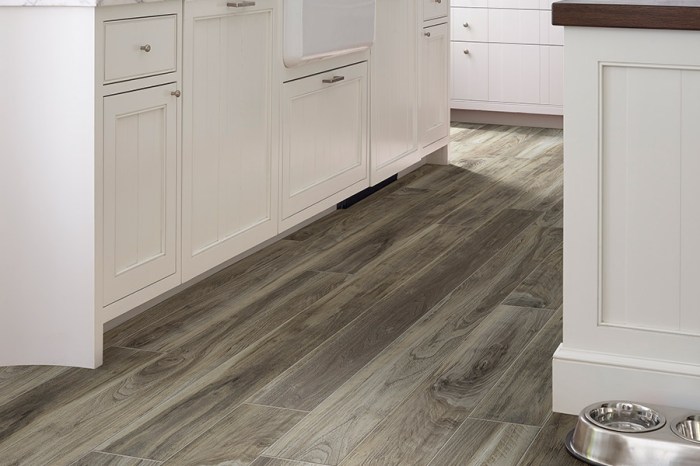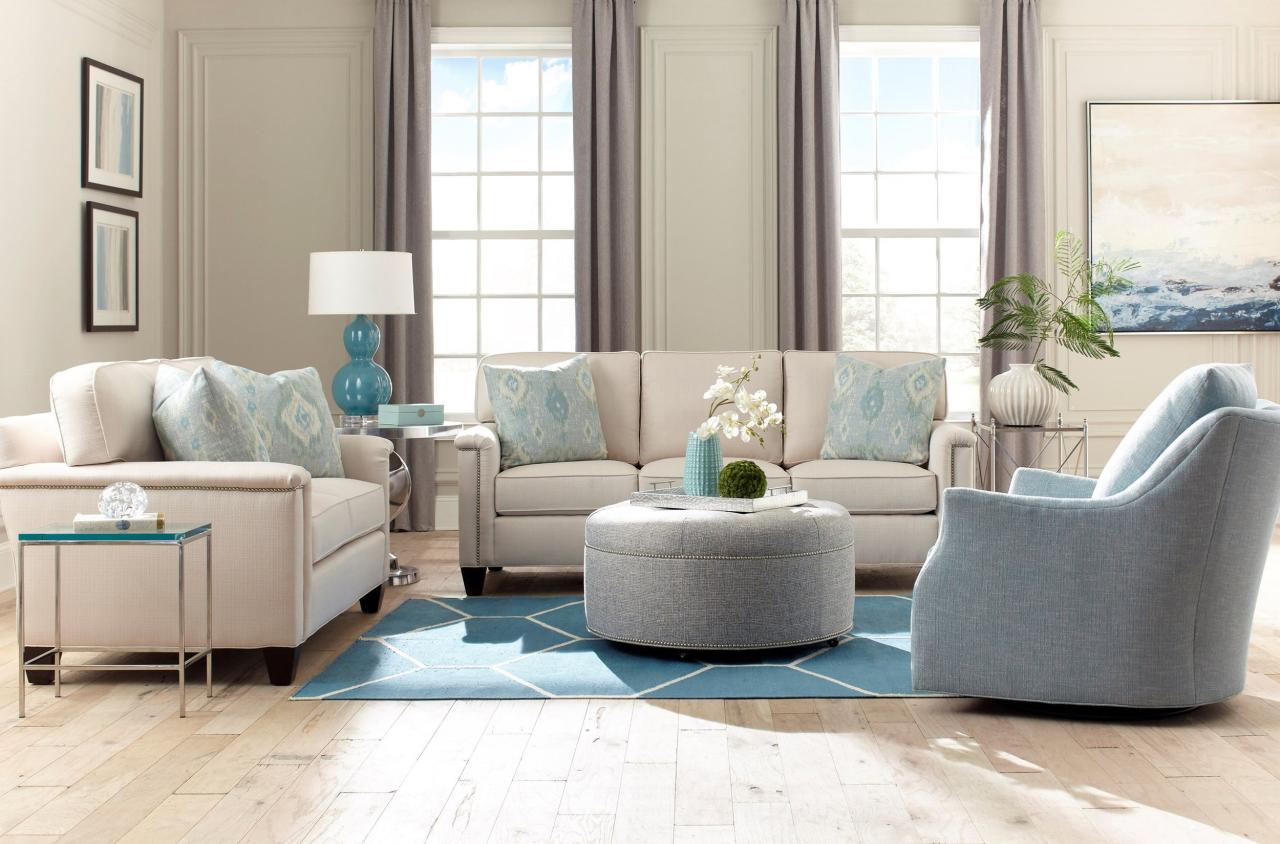Popular Outdoor Wall Decor Styles for Houses
Outdoor wall decor front of house – The selection of outdoor wall decor significantly impacts a home’s curb appeal and reflects the homeowner’s personal style. Choosing the right style requires considering the architectural style of the house, the surrounding landscape, and the desired level of maintenance. The following Artikels five distinct styles, their suitability for various architectural styles, and their associated maintenance needs.
Five Distinct Outdoor Wall Decor Styles
Five distinct styles of outdoor wall decor are presented below, each offering a unique aesthetic and material approach. These styles range from rustic charm to modern minimalism, providing options for a wide array of architectural preferences.
- Rustic Farmhouse: This style utilizes natural materials such as reclaimed wood, stone, and wrought iron. Colors are typically muted earth tones like browns, grays, and creams. The overall aesthetic is warm, inviting, and emphasizes a connection to nature. Examples include a weathered wood sign with a farmhouse-style inscription or a stone plaque featuring a simple floral design.
The use of reclaimed materials adds character and visual interest.
- Coastal Chic: Characterized by light and airy colors such as whites, blues, and sandy beiges, this style often incorporates nautical elements like seashells, starfish, and rope. Materials may include driftwood, painted wood, and weather-resistant metals. The overall feeling is relaxed, breezy, and evokes the serenity of the coast. A painted wooden sign with a beach-themed message or a collection of framed seashells arranged on the wall exemplify this style.
- Modern Minimalist: This style prioritizes clean lines, geometric shapes, and a neutral color palette. Materials typically include sleek metals, such as stainless steel or brushed aluminum, and smooth, untextured surfaces. Colors are often monochromatic, focusing on shades of gray, white, or black. The aesthetic is sophisticated, understated, and emphasizes simplicity. A minimalist metal sculpture or a geometric patterned tile backsplash exemplifies this style.
- Traditional Victorian: This style features ornate details, rich colors, and a sense of grandeur. Materials often include intricately carved wood, decorative metalwork, and possibly even stained glass. Colors tend to be deep and saturated, such as burgundy, forest green, and deep blues. The overall aesthetic is elegant, opulent, and historically inspired. A carved wooden plaque featuring a Victorian-era design or a wrought iron wall-mounted planter exemplifies this style.
- Mediterranean: This style draws inspiration from the architecture and landscape of Mediterranean countries. Materials commonly include terracotta, stucco, and wrought iron. Colors are typically warm and earthy, such as terracotta orange, sunny yellow, and deep blues. The aesthetic is inviting, sun-drenched, and evocative of warm climates. A terracotta pot with vibrant flowering plants or a wrought iron wall sconce with a rustic finish exemplifies this style.
Suitability for Different Architectural Styles
The suitability of each outdoor wall decor style varies depending on the house’s architectural style. For instance, a rustic farmhouse style would complement a farmhouse or Craftsman-style home, while a modern minimalist style would be better suited to a contemporary or mid-century modern home. A traditional Victorian style would harmonize with a Victorian home, while a coastal chic style would be suitable for homes near the coast or those with a beach-inspired design.
The Mediterranean style would complement homes with Spanish or Tuscan architectural influences. Conversely, a mismatch in styles can create a visually jarring effect.
Maintenance Requirements for Each Style
Maintaining outdoor wall decor requires attention to prevent deterioration and preserve its aesthetic appeal. The maintenance needs vary depending on the materials used. For example, wood requires regular cleaning and sealing to prevent rot and insect infestation. Metal elements may require occasional repainting or rust removal. Stone and stucco surfaces typically require less maintenance but may benefit from periodic cleaning to remove dirt and grime.
Regular cleaning using mild soap and water is generally recommended for all styles. The frequency of cleaning depends on environmental factors such as weather conditions and proximity to trees or vegetation. Careful consideration of the materials and the environmental exposure will help in developing a suitable maintenance plan.
Enhancing your outdoor wall decor at the front of your house can significantly improve curb appeal. For a festive touch, consider incorporating seasonal themes into your design; for example, you might find inspiration from outdoor halloween decor ideas to add a spooky yet stylish element to your home’s exterior. Remember to maintain a balance between the overall aesthetic of your house and the seasonal decorations for a cohesive and welcoming look.
This way, your outdoor wall decor will always be appealing.
Creating a Cohesive Front Yard Design

Integrating outdoor wall decor into a front yard design requires careful consideration of existing landscaping features and the overall aesthetic. A well-planned approach ensures the decor enhances, rather than detracts from, the home’s curb appeal. Successful integration relies on thoughtful placement, color coordination, and a harmonious blend of styles.
Outdoor wall decor can significantly complement existing landscaping. For example, a rustic wooden sign featuring the house number can complement a pathway lined with natural stone, while a sleek, modern metal plaque might suit a contemporary garden with minimalist landscaping. Similarly, flowerbeds can be visually linked to wall decor through the use of matching colors or textures. If the flowerbeds feature predominantly warm colors like reds and oranges, a wall decor piece in complementary shades of terracotta or burnt sienna would create a cohesive look.
Lighting can further enhance the impact of wall decor. For instance, strategically placed spotlights highlighting a decorative piece can draw attention to it, creating a focal point in the evening. Conversely, subtle, ambient lighting around the decor can create a softer, more intimate atmosphere.
Color Theory in Front Yard Design
Color theory plays a crucial role in achieving a visually appealing and harmonious front yard. Understanding color relationships – complementary, analogous, and triadic – allows for effective coordination of wall decor with existing elements. For instance, a house with a light beige exterior might benefit from wall decor in shades of blue or green (complementary colors), creating a pleasing contrast.
Alternatively, a home with a red brick facade could use wall decor in shades of orange and yellow (analogous colors) for a warmer, more unified feel. Using a color wheel as a guide can help homeowners select colors that create visual harmony and balance in their front yard design. The overall color palette should be considered in relation to the house’s exterior paint, roofing material, and landscaping.
Integrating Wall Decor with House Numbers and Mailboxes
Effective integration of wall decor with house numbers and mailboxes enhances both functionality and aesthetics. Three distinct design approaches can be adopted.
Firstly, a unified approach involves incorporating the house numbers and mailbox directly into a larger decorative piece. This might involve a custom-made sign featuring both elements, crafted from a material that complements the home’s style (e.g., a wrought iron sign for a Victorian home, or a sleek, modern metal piece for a contemporary home). This approach ensures a cohesive and streamlined look.
Secondly, a complementary approach uses separate but visually compatible elements. The house numbers might be displayed on a smaller plaque adjacent to a larger, more decorative piece. Both elements should share a similar style and color scheme, ensuring they complement each other without being visually overwhelming. The mailbox could be chosen to match this color scheme or material, further strengthening the visual unity.
Thirdly, a contrasting approach uses the house numbers and mailbox as visual accents that contrast with the main decorative piece. This might involve a bold, brightly colored mailbox against a more subdued wall decor piece, or vice versa. This approach requires careful consideration of color and style to avoid clashing elements; however, when executed successfully, it can create a striking and memorable effect.
The key is to ensure that the contrast is intentional and contributes to the overall design harmony.
Incorporating Lighting: Outdoor Wall Decor Front Of House

Effective outdoor lighting significantly enhances the aesthetic appeal of wall decor, extending its visual impact beyond daylight hours. Properly implemented lighting can transform a simple design into a captivating nighttime feature, adding depth, dimension, and ambiance to the home’s exterior. The choice of lighting solution depends on several factors, including the style of the decor, the desired mood, and the overall architectural style of the house.
Careful consideration of lighting placement, intensity, and color temperature is crucial for achieving the desired effect. Overly bright or poorly positioned lights can detract from the decor, while strategically placed illumination can highlight specific textures, colors, and details, creating a welcoming and visually stunning nighttime display.
Lighting Options for Outdoor Wall Decor
Several lighting options exist, each offering unique benefits and drawbacks. Selecting the appropriate type depends on factors such as budget, desired aesthetic, and ease of installation.
- Spotlights: These focused lights provide intense illumination, ideal for highlighting specific features of the wall decor, such as sculptures or intricate carvings. They offer excellent control over the direction and intensity of light. However, they can be less energy-efficient than other options if not used with LED technology and may create harsh shadows if not positioned correctly.
- String Lights: String lights create a warm, ambient glow, perfect for adding a festive or romantic atmosphere. They are relatively inexpensive and easy to install, offering flexibility in placement and design. However, their light output is generally less intense than spotlights, and they may not be suitable for highlighting intricate details. Furthermore, the longevity and weather resistance vary greatly depending on the quality of the product.
- Integrated Lighting: Integrated lighting, often incorporated directly into the wall decor itself or into nearby architectural features, provides a seamless and sophisticated look. This method offers excellent energy efficiency and long-term reliability. However, it typically requires more complex installation and can be more expensive than other options. The design flexibility is limited to the available pre-designed options.
Examples of Lighting Applications
Lighting can be strategically employed to achieve various effects. For instance, warm-toned string lights can create a welcoming and inviting ambiance around a rustic wooden wall hanging, while spotlights can accentuate the intricate details of a metal sculpture. Cool-toned LED spotlights can highlight a modern, geometric design, while uplighting can dramatically enhance the texture of a stone wall.
A classic example is using spotlights to illuminate a focal point, such as a large decorative piece, creating a dramatic effect. Conversely, string lights draped along a wall with smaller, less prominent decorations can add a soft, romantic ambiance. The use of path lighting, while not directly illuminating the wall decor, can create a cohesive design by illuminating the pathway leading to the house, subtly enhancing the overall visual experience.
Safe Installation of Outdoor Lighting, Outdoor wall decor front of house
Safe installation of outdoor lighting is paramount to prevent electrical hazards and ensure the longevity of the lighting system. Adherence to local building codes and safety regulations is crucial.
- Use of GFCI Outlets: Ground Fault Circuit Interrupters (GFCI) outlets are essential for outdoor installations, as they immediately cut off power in the event of a ground fault, significantly reducing the risk of electric shock. All outdoor lighting circuits should be protected by GFCI breakers or outlets.
- Proper Wiring and Connections: All wiring must be properly insulated and protected from the elements. Use outdoor-rated wiring and connectors designed to withstand moisture and temperature fluctuations. Secure all connections tightly to prevent shorts or loose wires.
- Fixture Placement and Mounting: Fixtures should be mounted securely and according to the manufacturer’s instructions. Ensure that fixtures are positioned to avoid contact with flammable materials and that they are adequately protected from rain, snow, and other weather conditions.
- Compliance with Building Codes: Consult local building codes and regulations before beginning any electrical work. Permitting may be required for certain types of installations. Hiring a qualified electrician is recommended for complex installations.
FAQ Explained
What’s the best way to clean different outdoor wall decor materials?
It depends on the material! Wood usually needs a gentle scrub with soap and water. Metal might need a specialized cleaner to remove rust. Stone can usually handle a pressure washer (carefully!). Always check the manufacturer’s recommendations.
How often should I clean my outdoor wall decor?
Aim for at least twice a year – spring cleaning and a fall refresh. More frequent cleaning might be needed depending on your climate and the material.
What if my DIY project gets damaged?
That’s why using weather-resistant materials is key! If damage occurs, assess the extent of it. Minor damage might be repairable, while major damage might require replacement.
Can I use regular house paint on outdoor wall decor?
Nope! You need exterior-grade paint designed to withstand the elements. Regular house paint will likely peel or fade quickly.


